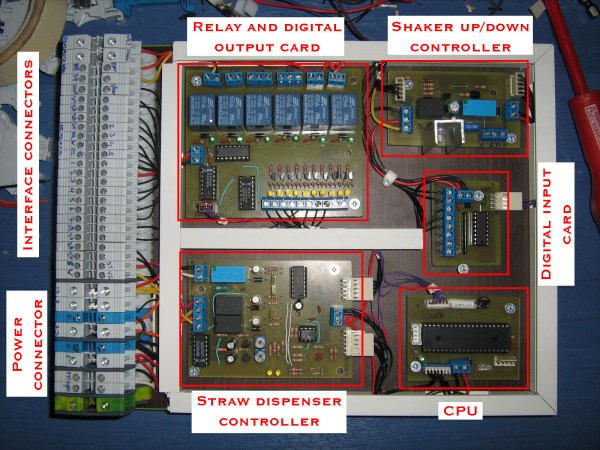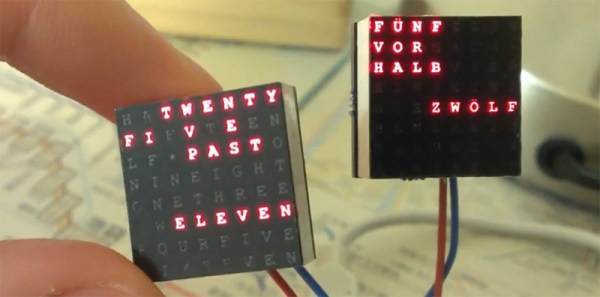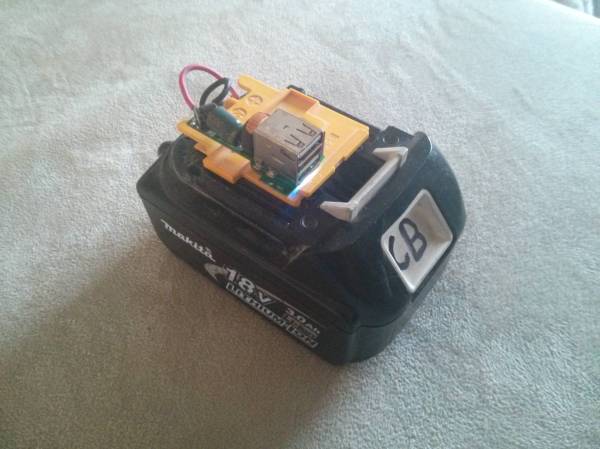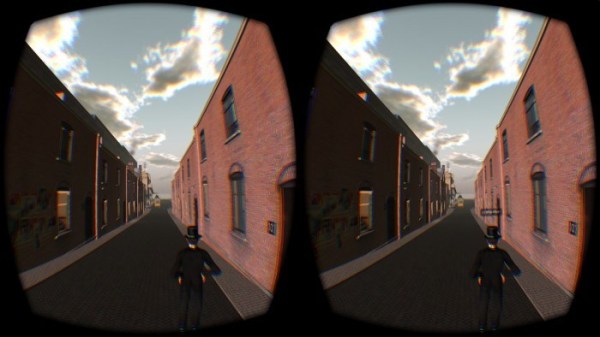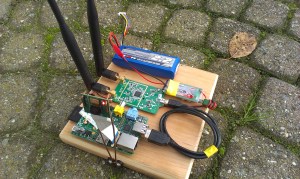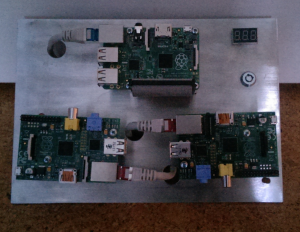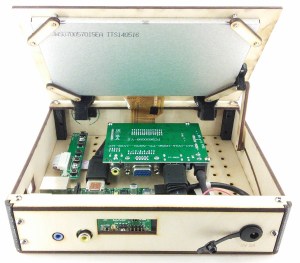Although [Giorgos Lazaridis] has graced Hackaday several times, we’ve never covered the build of his frappé machine which reader [Jim] encountered after searching for information about the PIC16F1937. His site shows the build as in-progress, but he definitely has a working prototype here, and it’s definitely awesome.
Frappé coffee is made by mixing spray-dried instant coffee, a small amount of cold water, and sugar to taste in a manual shaker or a milkshake machine that uses a single beater. More water and/or milk is added as desired to top off the glass. The method was invented by accident in Thessaloniki, Greece, and has become quite popular.
In addition to sixteen pages of detailed build logs, [Giorgos] shot videos that demonstrate each of the modules that make up the machine. The operator puts a glass in a holder attached to a turntable. It moves first to the coffee and sugar dispenser, which fall through the same easily removable funnel. The next stop combines the add-water-and-beat steps beautifully. A length of hose strapped to the beater’s housing dispenses the initial cold water base. Then, the beater lowers automatically to beat the mixture. After mixing, the beater is drawn back up an inch or so, and more water is dispensed to rinse it off. Then the beater is fully withdrawn and the glass is filled the rest of the way. The final stop for the frappé is essential to the process: a bendy straw must be added. This is vitally important, and [Giorgos] handles it admirably with a stinger that shoots a straw into the glass.
[Giorgos]’s coffee robot is built around a PIC16F1937. He rolled his own PCB for the motherboard and each of the machine’s modules. There is a lot of logistical ingenuity going on in this project, and [Giorgos]’ build logs convey it all very well. Be sure to check out [Giorgos]’ machine in action after the break. The full set of eight videos that shows each module and culminates in the one below is well worth your time.
Continue reading “Frappé Coffee Robot Offers Automated PIC-Me-Up”

